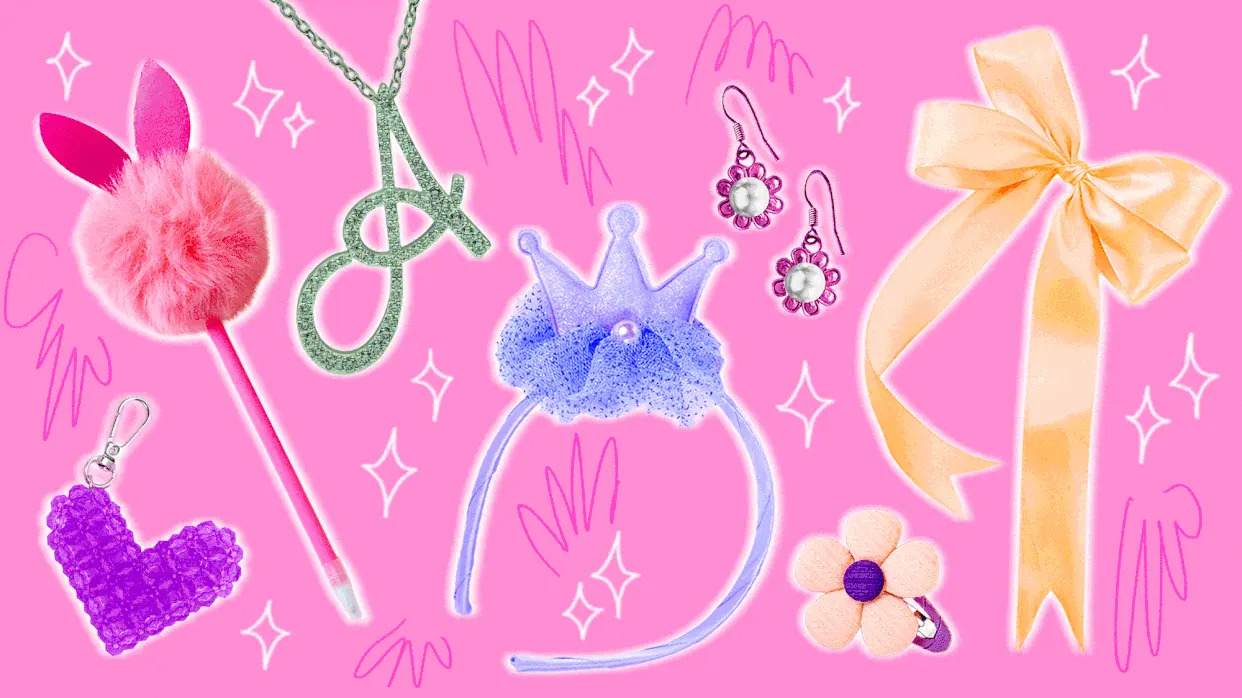
The Atlantic Daily, a newsletter that guides you through the biggest stories of the day, helps you discover new ideas, and recommends the best in culture. Sign up for it here.
Mostly, I remember the fluffy pens. When I was in elementary and middle school, nothing could be cooler than a fluffy pen, at least until it got covered in backpack grime and started to look like an exceptionally long-tailed subway rat. And no place had fluffy pens in abundance like Claire’s, a chain that sold accessories and other trinkets and, at the time, seemed to exist in every shopping center in America. Mine had an entire wall of fluffy pens, in every color, usually for some kind of absurd deal that allowed even a child to feel the intoxicating rush of acquisition. This was what Claire’s was for. It was a temple to girlhood, a place where everything was frivolous and where tooth-fairy money could make dreams come true.
But Claire’s is in trouble. Earlier this month, the company filed for bankruptcy protection, for the second time in a decade, and began liquidating. Today, it announced that it would be selling the majority of its North American business to the private-equity firm Ames Watson, for $104 million, with the intention of keeping some of its stores open. Claire’s has been saved, at least in the short term, but Ames Watson has its work cut out for it. Claire’s is a mall store, and malls are dying. Inflation, higher interest rates, and rising labor costs have further squeezed profits—true for basically every company, but when your primary customers don’t have jobs, they don’t react well to raising prices. Recently, President Donald Trump’s tariffs have complicated Claire’s business model, which is heavily reliant on imports: From November 2024 to April 2025, 56 percent of its inventory came from China. The company is about half a billion dollars in debt.
Claire’s started as a wig shop in the 1960s before merging with an accessories retailer in 1973, and then getting into the ear-piercing business and staking its claim on preteen girls. It specialized in cheaply made, kaleidoscopically tacky junk, destined to dye your skin green and then end up in a landfill. It was bad, in the aesthetic sense and the environmental sense. But Claire’s was special to me, because it was for me. It wasn’t the checkout aisle at a store for older women or the costume corner of a kids’ store. It wasn’t for impressing boys; it was for impressing girls. It felt like a clubhouse. I can still remember how it smelled, like chemicals and vanilla cookies. I remember the purple walls, covered floor-to-ceiling in all the instruments of tweenage self-expression: charm bracelets, toe rings, impractically small purses, hair clips made to look like gummy bears or butterflies. I remember how easy it was to buy a pair of clear-lensed glasses or a flimsy flower crown and try on a new identity, how Claire’s made figuring out who you were and what you liked feel fun and low-stakes.
[Read: No one knows exactly what social media is doing to teens]
I remember getting my ears pierced there, obviously, by someone who couldn’t have been much older than I was, one of my hands clutching my mother’s and the other clutching my best friend’s. Claire’s seemed to exist for precisely that time in one’s life: old enough to get your ears pierced, young enough to be scared; old enough to want a purse, young enough to not have much to fill it with; old enough to have the allowance money to buy a scrunchie, young enough to think it could change you. That moment is sacred, and I know now that it ends quickly. By the time I got my nose pierced, only a few years later, I didn’t even consider going to Claire’s. I wanted to go to the local tattoo place instead.
Two decades later, retail has changed. So, I think, has childhood. When I was shopping at Claire’s, my desires were largely assembled in the self-contained ecosystem of King Middle School. Sometimes a friend’s older sister would give me advice, which I treated with biblical reverence, but for the most part, the people telling me what to like were girls my age, whom I knew in real life. This wasn’t totally logical—in retrospect, I probably should not have allowed Gemma S. and An-Hae C. absolute power over my moods, interests, tastes, and values—but it was at least straightforward. I was a kid who shopped like a kid, because the people I was imitating were kids too.
Today’s young people are learning what’s cool on the context-collapsed, algorithmically driven social web, much of the time from professional influencers who are older than them. Tweens still exist as a market category and a chronological distinction, but in practice, they act a lot like teens or even 20-somethings. To the degree that they are even shopping in person at all, it’s often at grown-up places such as Sephora, where they can obsess over which expensive creams to add to their elaborate anti-aging skin-care routines, and Brandy Melville, which stocks clothes that I, an adult, would be perfectly comfortable wearing: high-necked cardigans, striped tops in tasteful neutrals. Maybe they should go to Claire’s while they still can, though, and get their hands on a fluffy pen.

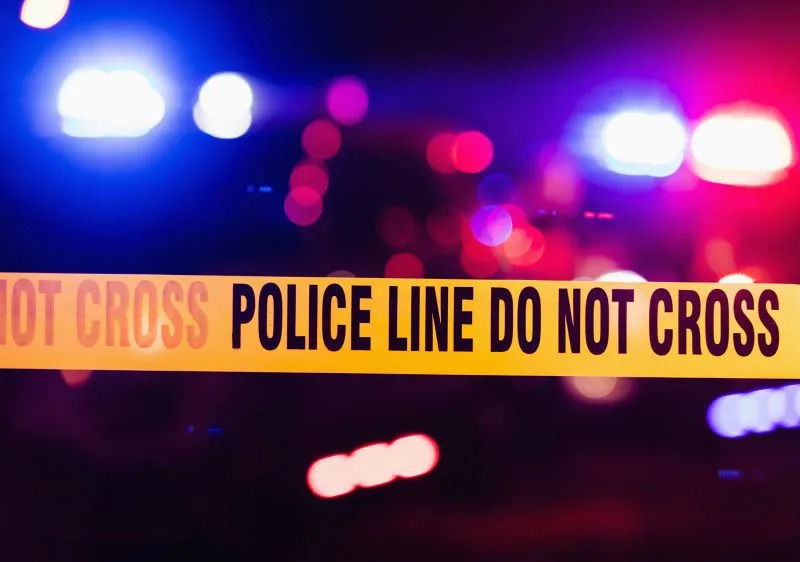
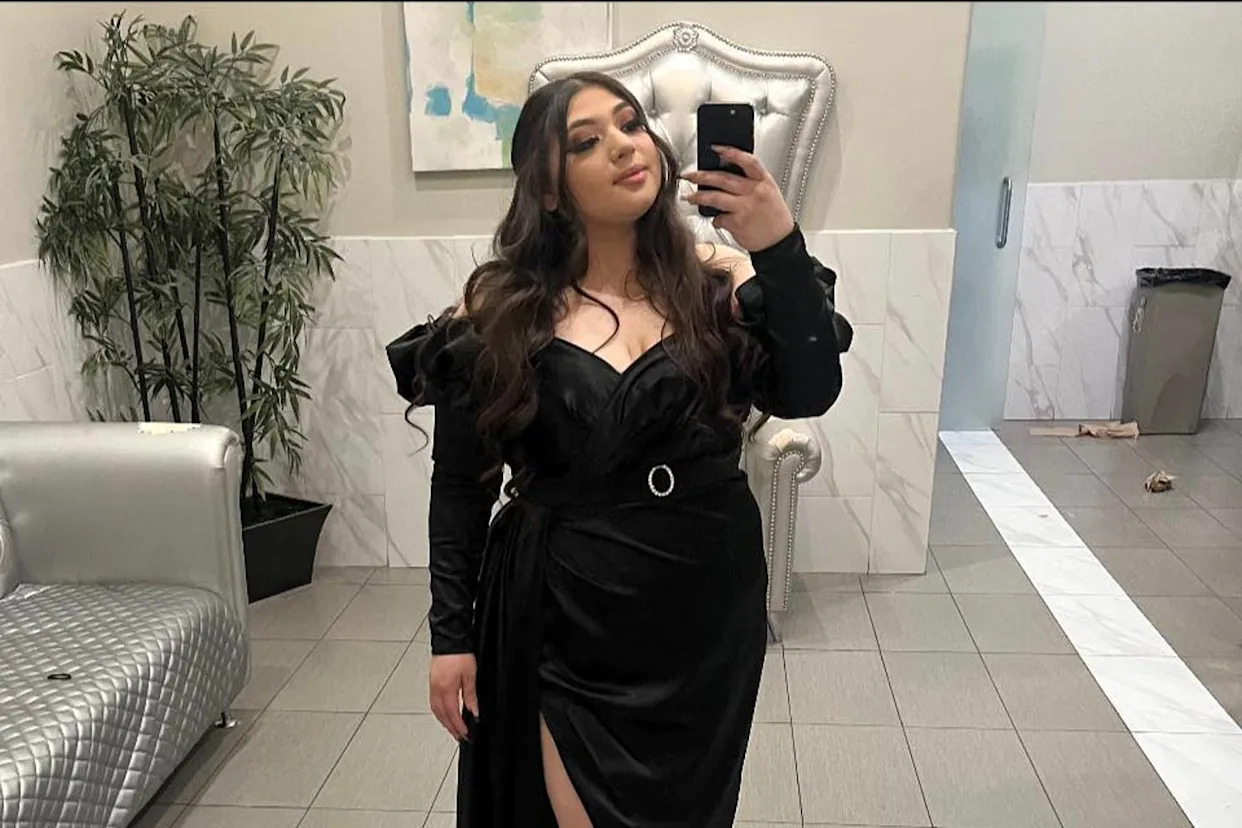
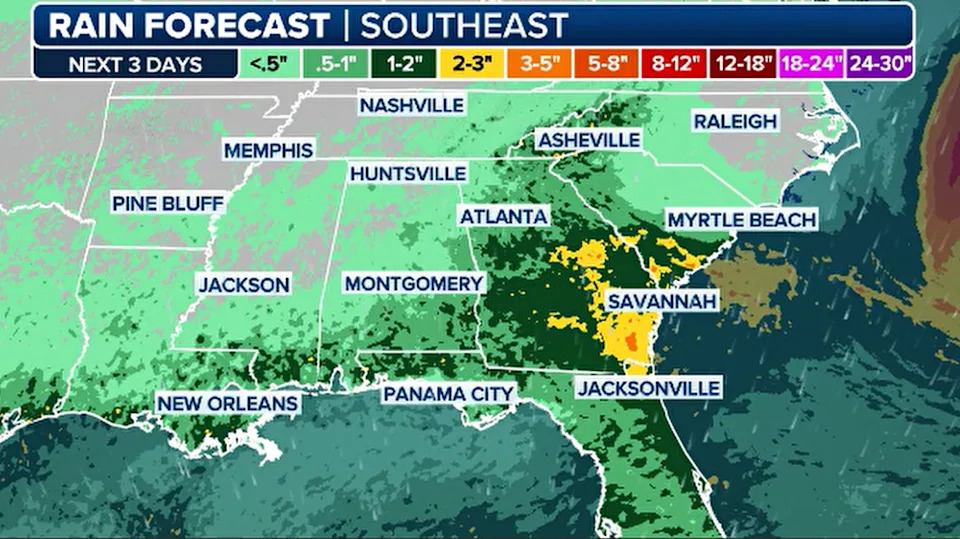

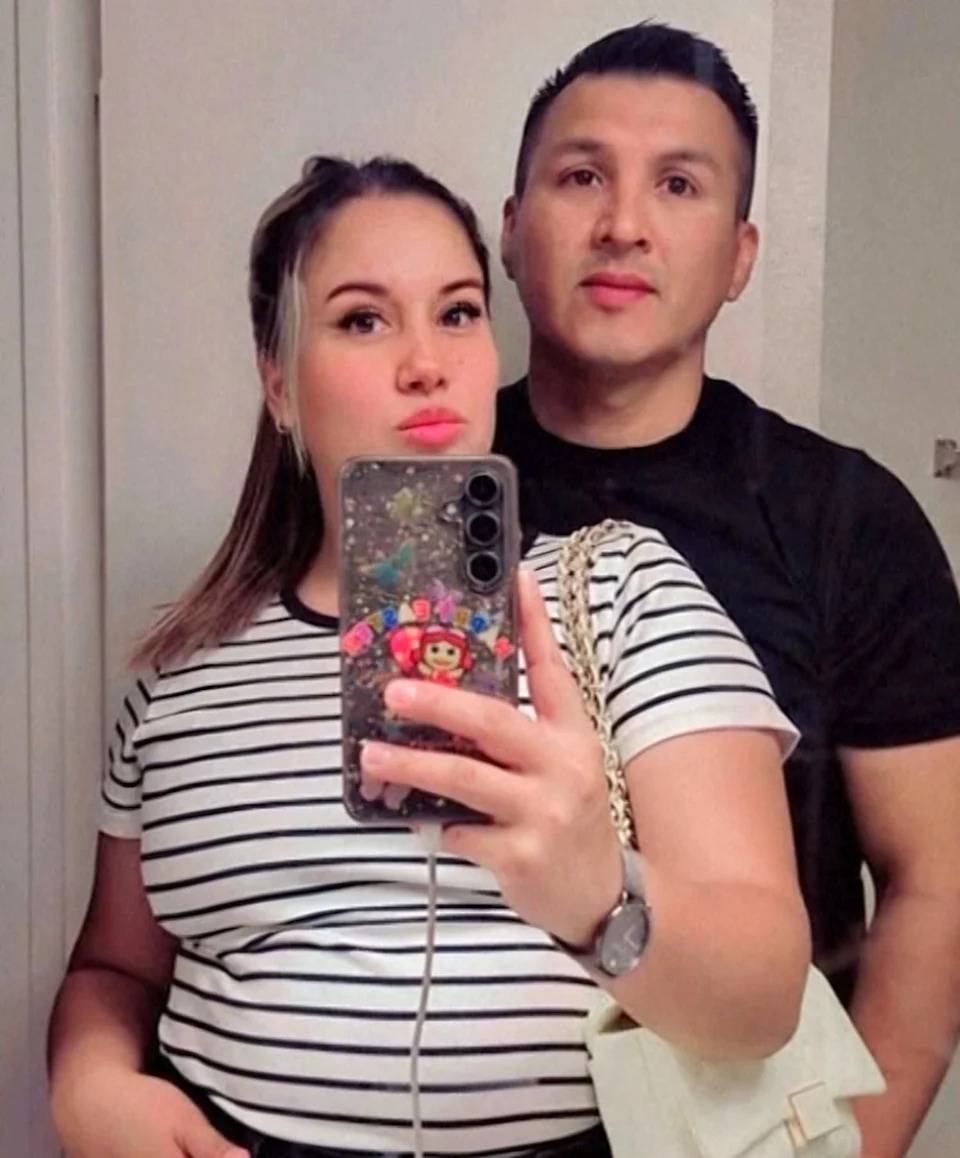


Comments